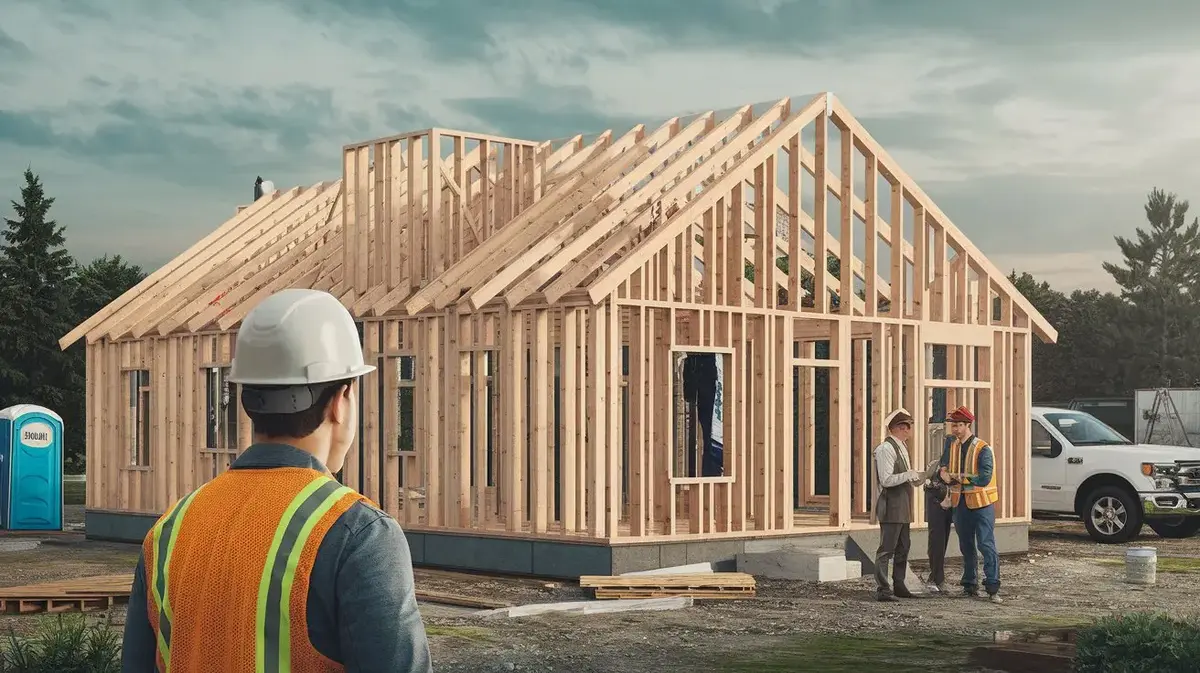News
9 Tips for Residential Construction Estimates

Creating accurate construction estimates can make or break a residential project. Whether you’re building a new home or planning a major remodel, a precise Residential Construction Cost Estimate helps you control costs, avoid delays, and keep your clients happy.
In this guide, we’ll share 9 practical tips to improve your estimating process and boost your success in residential construction.
1. Start with a Clear Project Scope
You can’t estimate what you don’t fully understand. Before running any numbers, make sure you have detailed plans, drawings, and client expectations in writing.
Why it matters:
A vague scope leads to inaccurate estimates and costly revisions later.
2. Use Historical Data Wisely
If you’ve completed similar projects before, use those records to guide your estimate. Just remember to adjust for changes in materials, labor, or location.
Pro Tip:
Create a library of past project estimates to use as a reference point.
3. Break Down Costs by Category
Segment your estimate into clear categories:
- Site prep
- Foundation
- Framing
- Roofing
- Finishes
- Labor
- Equipment
This helps identify where money is going and makes your estimate easier to understand and justify.
4. Account for Local Pricing Variations
Costs vary depending on region, supplier, and demand. Make sure your pricing reflects the local market, especially for labor and materials.
Working with a local supplier or estimator can fine-tune your Residential Construction Cost Estimate to fit your specific area.
5. Don’t Forget Permits and Inspections
Permit fees and inspection costs are often overlooked. Depending on the project, these can run into the thousands.
Include them upfront to avoid budget surprises later on.
6. Factor in Contingencies
Even the most detailed estimate can’t predict every surprise. Add a 10–15% contingency to account for the unexpected, such as hidden damage, weather delays, or price spikes.
7. Use Estimating Software or Tools
Manual estimating is risky. Today’s digital tools and construction estimating software streamline the process and reduce errors.
Look for platforms that:
- Allow easy updates
- Include built-in cost databases
- Generate professional reports
8. Get Subcontractor Quotes Early
If your project involves subs (plumbers, electricians, etc.), get their quotes early in the estimating phase. Their input ensures your numbers are current and complete.
Waiting too long may result in outdated pricing or rushed decisions.
9. Review, Double-Check, and Communicate
Before finalizing the estimate:
- Cross-check numbers
- Review with a colleague
- Confirm with suppliers and subs
- Walk your client through the estimate
Clear communication builds trust and reduces the chance of disputes during construction.
Final Thoughts
An accurate Residential Construction Cost Estimate is more than just a budget—it’s the foundation of a successful residential project. By following these 9 tips, you’ll improve the accuracy of your estimates, build stronger client relationships, and ensure smoother project execution.
Whether you’re a contractor, builder, or homeowner, investing time in the estimating process pays off in fewer surprises and better results.
-

 Phishing attack7 months ago
Phishing attack7 months agoWhat is Spear Phishing and How You Can Identify This Scam?
-

 Social engineering attack8 months ago
Social engineering attack8 months agoBaiting Attacks Explained: A Closer Look at Cyber Threat Tactics
-

 Social engineering attack7 months ago
Social engineering attack7 months agoWhat are Social Engineering Attacks – A Complete Guide to Cyberattacks Prevention
-

 Social engineering attack8 months ago
Social engineering attack8 months agoSpear Phishing Attack: A Targeted Cyber Threat
-

 Social engineering attack8 months ago
Social engineering attack8 months agoWhat is spear phishing attack? A detailed guide
-

 Phishing attack6 months ago
Phishing attack6 months agoWhat Are Phishing Emails? A guide for you
-

 Social engineering attack8 months ago
Social engineering attack8 months agoWhat is spear phishing in cyber security?
-

 Social engineering attack8 months ago
Social engineering attack8 months agoSpear phishing vs phishing: Understand the Risks




















